
Investing in Art - The Art of Investing
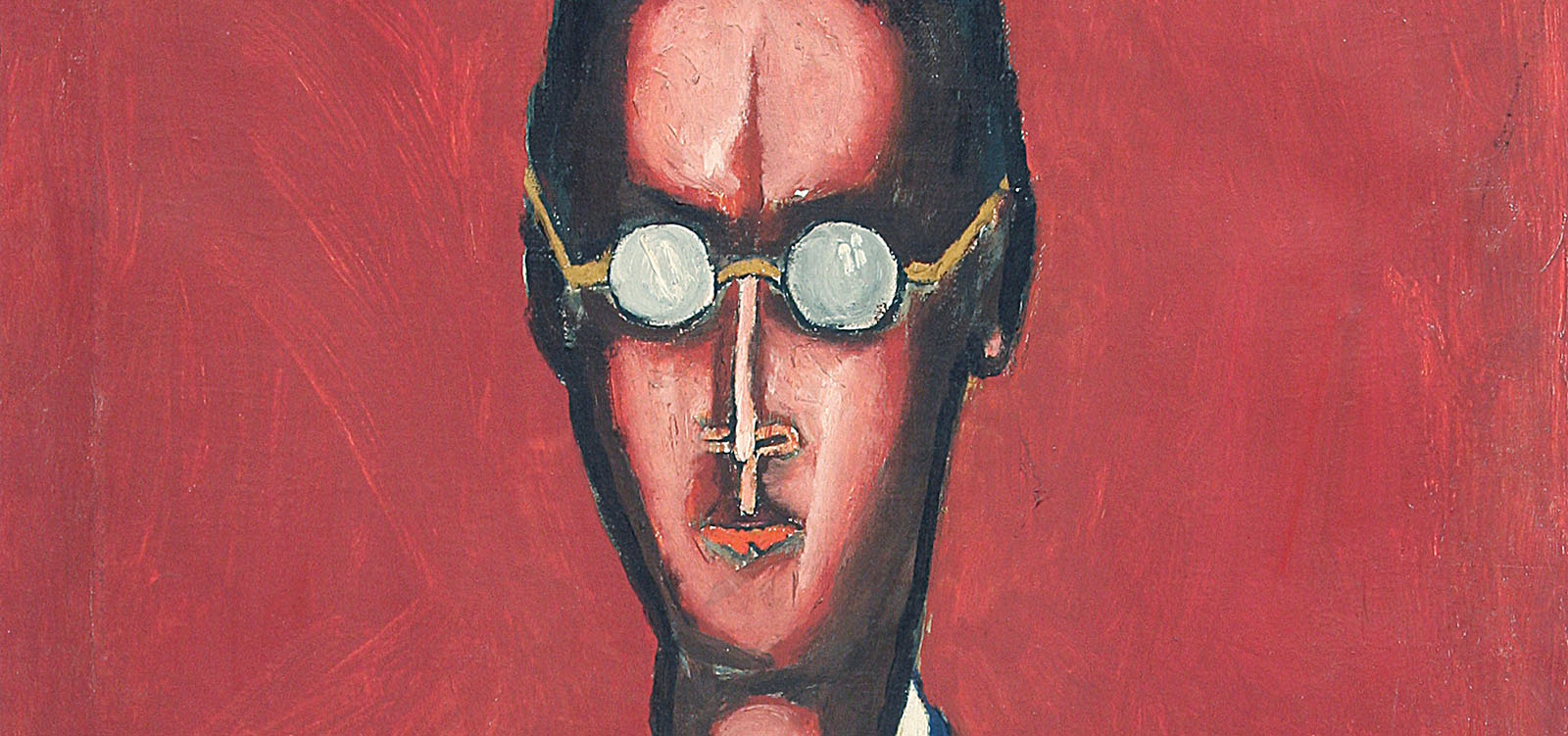
We create art collections

Art Consulting
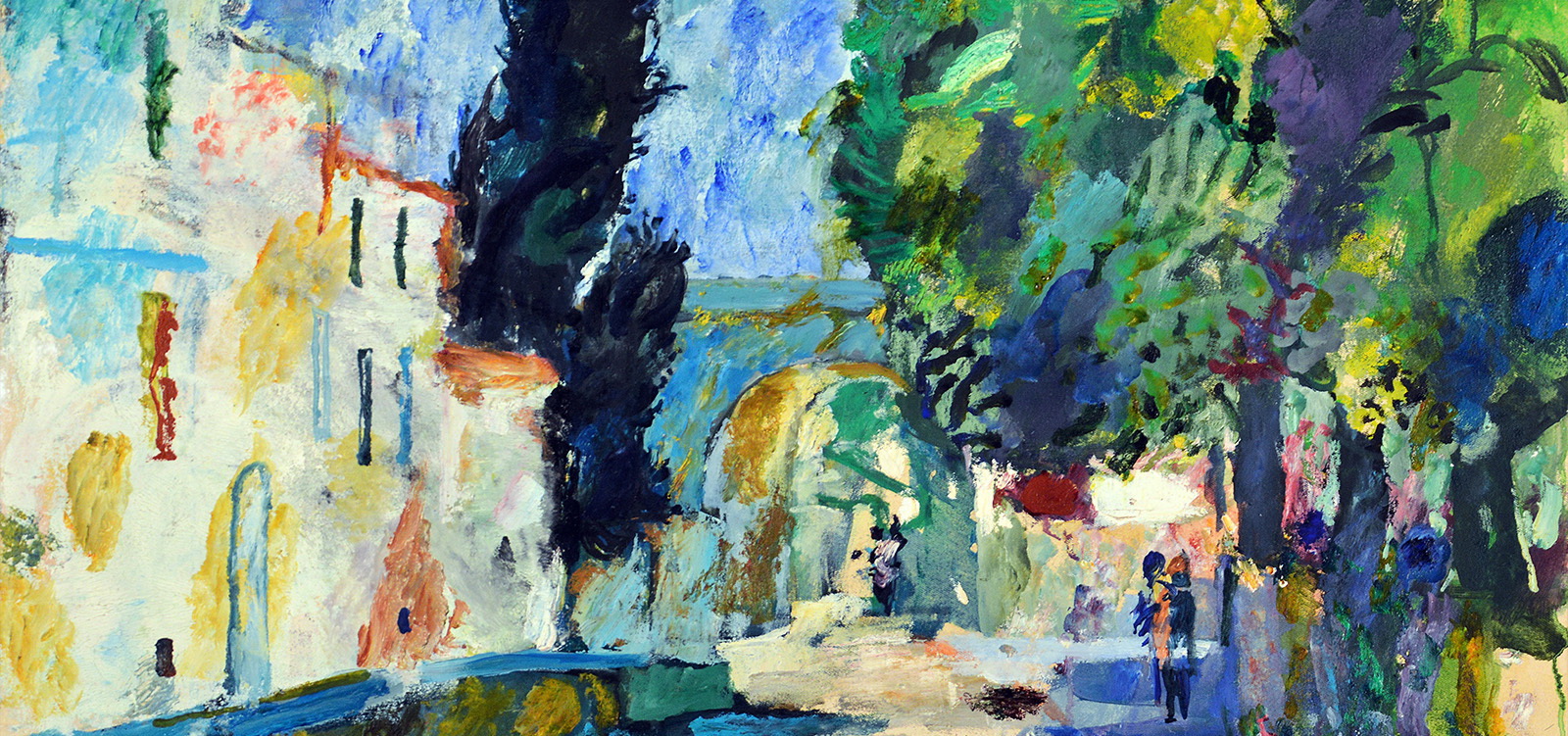
Arranging art collections
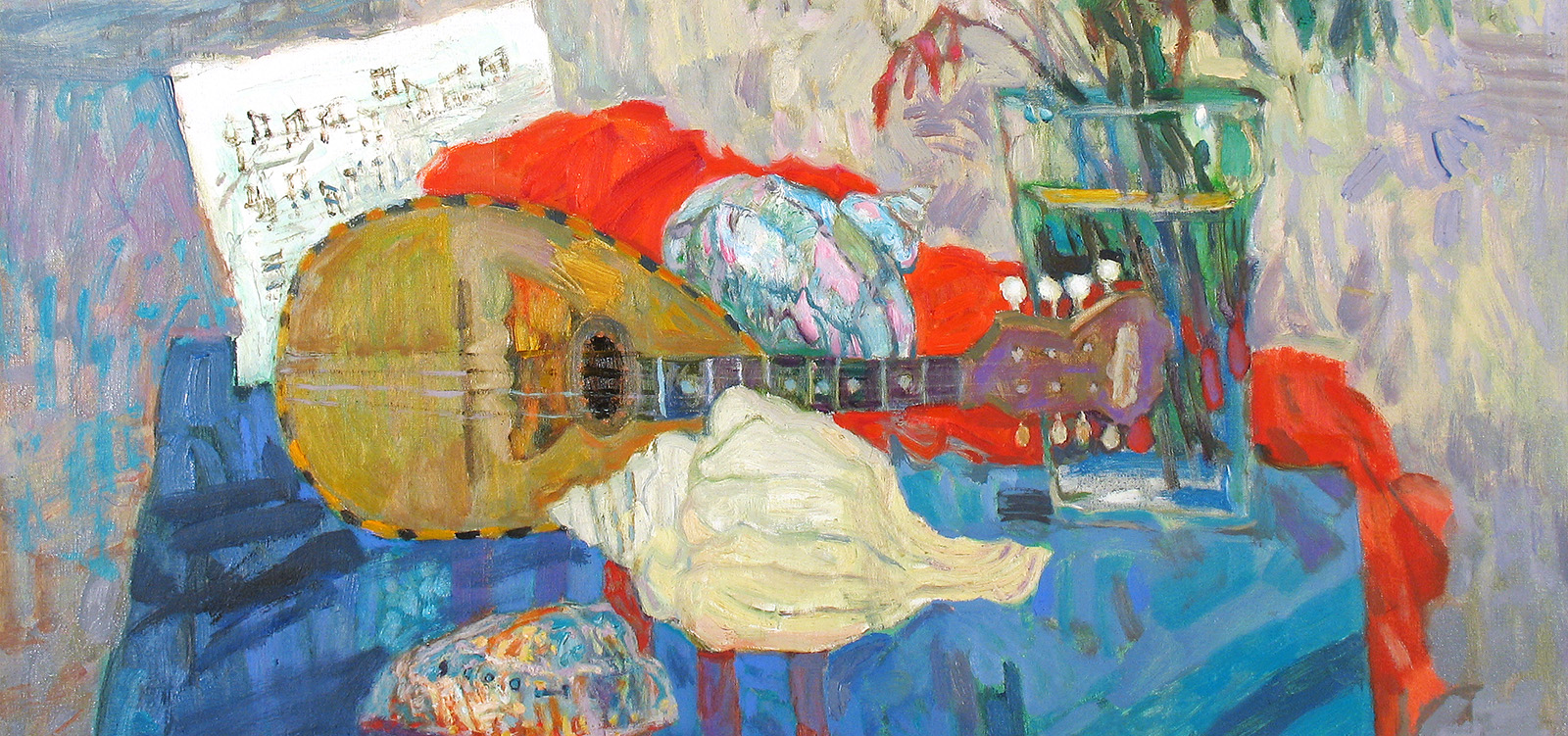
Cataloguing collections of works of art
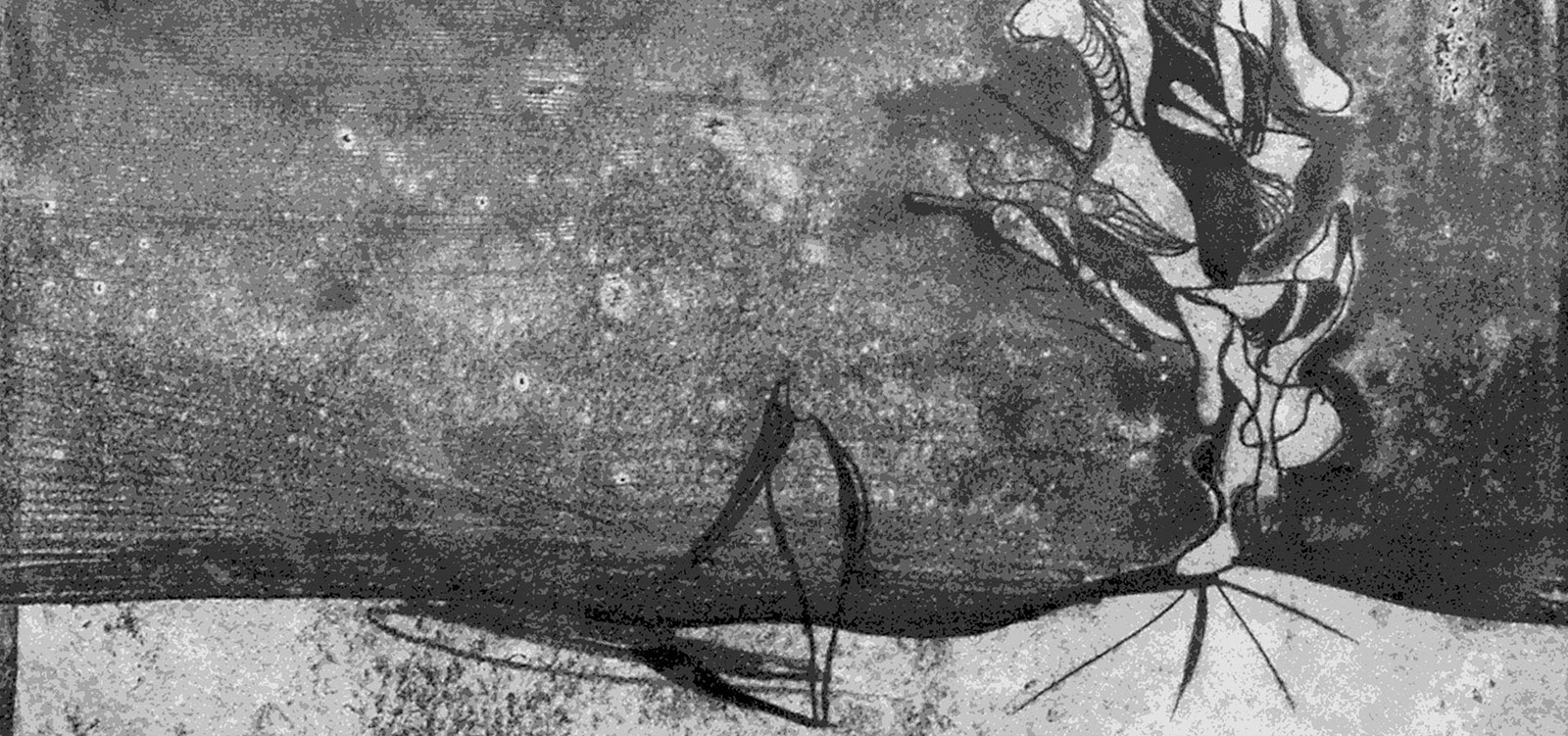
Consevation of works of art
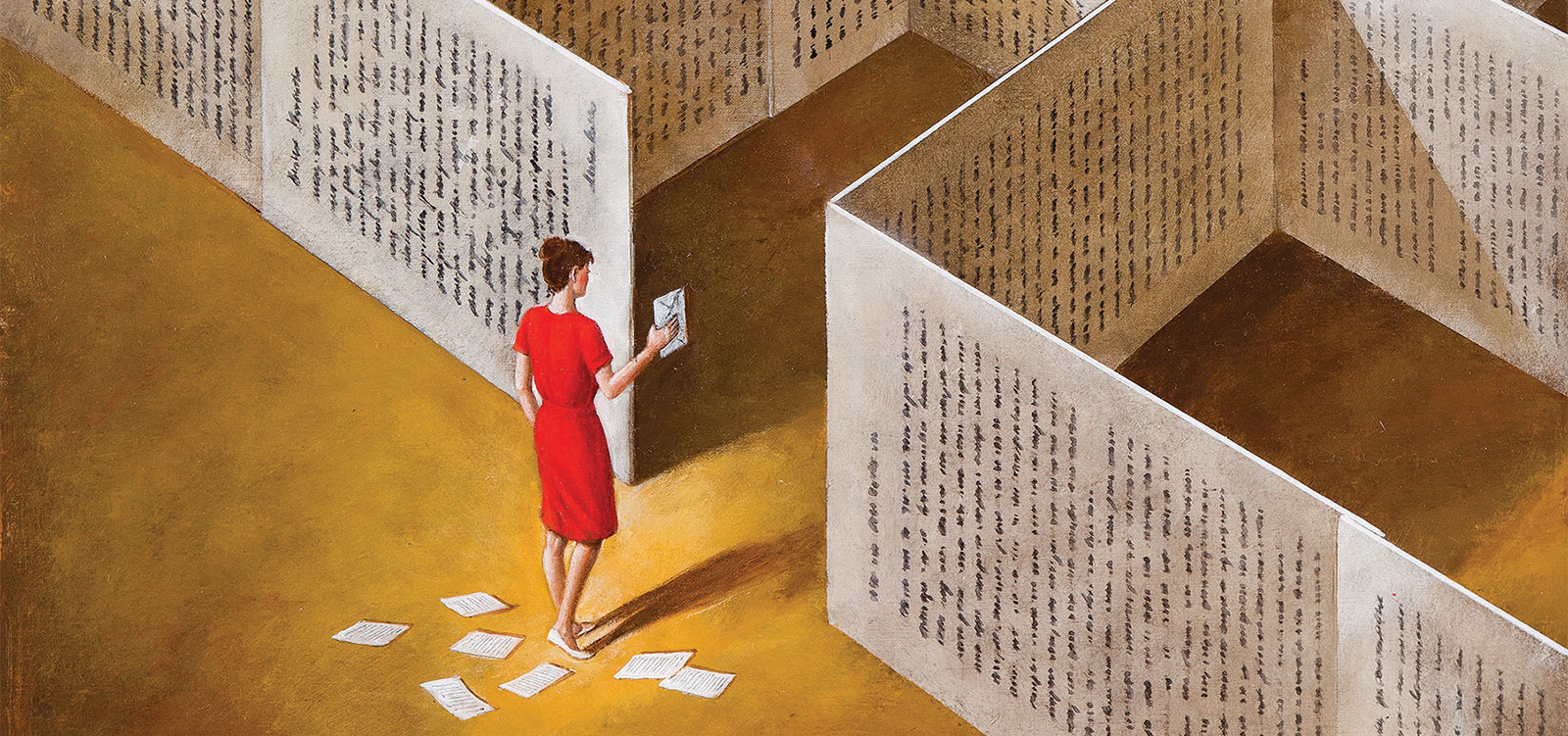
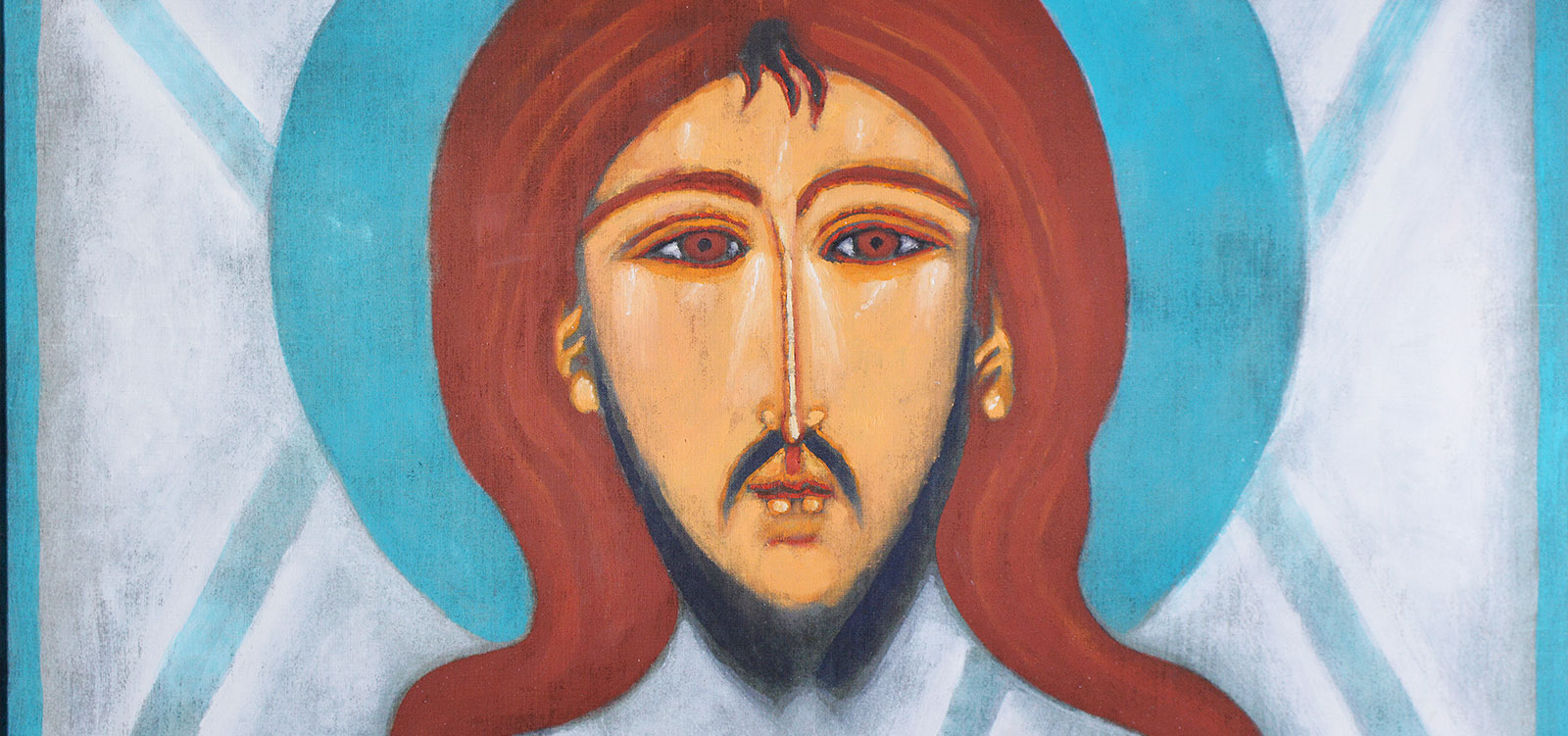
On 19 February he turned eighty five and he has been faithful to painting through all his life. He is a fellow citizen of the famous singer Jan Kiepura. He was born in Sosnowiec, but as soon as the grim sounds of the war died down, he moved to Krakow, where between 1945 and 1950 he studied painting at the Academy of Fine Arts in the studio of Professor Zbigniew Pronaszko. And he stayed in this city for good. He left behind the world of youth entering by means of time and aesthetic criteria further and further into his own world of feelings and imagination. He started to be a modern painter, that is such one who transforms mysteries and the beauty of the world into the language of art understood individually.
Wójcik has delighted and fascinated me for years, because he belongs to the artists who relentlessly search for their own means of expression and who broaden their range of interests both with regard to form and content. Critics perceive Henryk Wójcik as a colourist. His artistic biography would indicate this. From a generational point of view, he belongs to this first postwar group of the graduates of the Academy of Fine Arts, from which a lot of outstanding colourists originate. The same can be said about the eminent professors of the Faculty of Painting from this period, who granted the very colour the first place among the elements of the language of painting.
The art of Henryk Wójcik is actually imbued with the spirit of colourism, but the artist - unlike a lot of his contemporaries - chose his own way, going in for modem and personal painting and applying his individual aesthetic language in the process of translating philosophy and content of his art. Although he is consistent in the use of painting means, it is not difficult to notice in his works the diversity of approaches to a theme or philosophical problem.
I am not going to make digressions on similarities between paintings by Wójcik and paintings by other artists, because since the beginning of art critics have always searched for influences and fascinations in analysed works, suggesting mildly that the history of art is in fact the history of imitativeness. Even though there are fundamental canons, conventions and forms and there is a language of art, their application depends on artist's individual imagination, knowledge and sensitivity. In this context every real artist is a unique artist who goes his own way when choosing his means and the interpretation of the world. It is worth noticing that there are two significant conventions in paintings by Wójcik - the first one is metaphorical, closer to abstractionism and arises from an intellectual approach to a theme, and the second one is close to postimpressionism and arises from direct contact with nature. Putting it simply, one can talk about works painted in the studio and in the open air. The first ones, I dare to say, are based on an intellectual and philosophical analysis that leads to a pictorial metaphor, the second ones are based on enchantment with colour, shape and the mystery of nature.
For instance, Wójcik has always been fascinated by music. It is enough to look at the titles of his works - "Oratorio", "J.S. Bach's Concerto", "Music of Silence", "Concert of Flames", "Music by Niemen", "Sonata", "Dancing Tears", "Saxophones", "Song of Songs" - to find the confirmation of his interest in music. There are also other intriguing titles: "Reverie over Time", "I am leaving into my own Reflection", "Mystery", "Song of a Moth", "Stone and Anguish", "Epochs", "Astral Composition", "Composition - Reflections of Light" etc. Thus in the overtones of these titles one can notice a clear suggestion: a painting is a metaphor, a poetic transformation of abstract notions not having specific referents into the language of pictorial signs.
What connects these two sets of themes - music and philosophy? I think that above all a poetic mood, intellectual depth and in practice untranslatability into rational and realistic forms. Music can be expressed in words, but it cannot be translated into words. One can try to depict feelings and emotions felt under the influence of music in the form of a colouristic composition, but the translatability of sounds is possible only metaphorically. The same refers to philosophical and existential questions, which, obviously, cannot be answered precisely. Or at least we do not know the precise answer. However, it is true that art can bring us closer to it.
Thus the quoted titles signal the perception of the world far from realism, the use of the symbol, the metaphor of the colour, the configuration of light and shadow. It is not, however, abstract painting. It is rather cosmic. For example, the magnificent "Oratorio according to J.S. Bach" presents a mysterious circle that consists of hundreds of figures forming harmonious rows above which there is a suspended horizon made of colourful rectangles - pipes. And above this circle dense with music a conductor's slim figure is standing. Or maybe it is the Conductor! The Master of the Music of the Celestial Spheres.
Of course, one can describe in words what can be seen in a picture, similarly as in the case of a literary work when we set ourselves a task to write an essay on: what did the author want to express in his work. A picture speaks using the language of the metaphor, so it appeals to feelings, subconsciousness and intuition. That is why if I try to characterize paintings by Wójcik verbally, I am aware that this is not translation, but only a way of signalling in what direction the artist goes in his philosophical search. Because it is painting which oscillates between a range of sounds and a range of colours, between the hum of the Earth and the hum of the Cosmos. The painter by means of pictorial signs shows his inner life, his intellectual and intuitive reception of life signals, death signals and afterlife signals. There is no rebellion in this painting, there is no creation of new worlds, there is no experimenting - what one can find in it is a quest for at least part of an answer to the questions to which there is no answer, a quest for order and inner peace. The duality of the world is obvious - form and content, light and shadow, good and evil, spirit and matter. We move inside this circle, we are inscribed within this duality and the art of Henryk Wójcik is born in it.
This type of paintings by Wójcik which is characterized by a subtle choice of colours from delicate grey shades to white, pink and violet shades, weaved in openwork chiaroscuro, painted with almost composer's perfection, can be described as symbolic. Their ambiguity allows every member of an audience to interpret them individually, to understand the metaphor personally and to be emotionally affected by them. Artist's technical brilliance was very well characterized some time ago by Ignacy Trybowski who wrote: “Wojc Wójcik ik immerses his imagination and creative instinct in the element of pictorial matter, out of which with great skills he forms pictures having vivid, imbued with light textures in which the light shimmers on the surface. Light - it is a whole chromatic range of colours arranged in either subtly sophisticated or disconcerting harmonies. No wonder if one takes into account the fact that Wójcik has always been fond of music and its experience has often been a direct creative stimulus. And not only has music provided artistic inspiration, but, even more importantly, a special interpretation and transposition of feelings into a purely pictorial form of expression. This is reflected in sonorous colourful patches in his watercolours painted by means of one and the only one stroke or touch of a paintbrush and the infallible confidence of his hand is coupled with softness that is often almost ethereal and with colouristic aptness. Musical references in paintings by Wojcik are extremely frequent and deliberate...”
If the pictures showing a certain similarity with the abstract, symbolic treatment of a theme the artist entitles using the word "composition", in the case of the second thematic set he puts near a title a specific sign - "landscape". And in this case he first of all does oil painting, but also readily - watercolour painting and gouache. These works are a form of a peculiar record of artist's wandering, but without special consideration for any of regions. We will find here both landscapes from Cetniewo, Krynica Morska or Sztutowo showing clear respect for the sea and landscapes from Beskidy, Podgórze, lands on the Bug, on the Pilica, the land of thousand lakes or Silesia. The sea, streets, cottages, water, ranges of peaks, trees, architecture -practically, there is not a landscape which would not be for Wójcik a theme worth painting and ordinary admiration. As a rule, these landscapes are Polish, sometimes from the former Borderlands of the Republic of Poland, and they are entitled with a topographical name. This means that it is important for the painter to exactly specify the place which provided inspiration and was a source of colourful compositions. In this way on the one hand he leaves a trace of his wandering, on the other hand - he emphasises a psychological bond with nature, with a cause of artistic admiration.
Once I wrote that it was a form of an original diary. But today, after many conversations with the master and visits in his romantic studio on Wenecja street, I must emphasise one thing: this painting is not a record of images of nature, a transfer of a landscape from Łomnica, Ciężkowice or Limanowa to canvas, but it is a form of recording experiences and feelings which were caused by nature in his soul, imagination and sensitivity. Although on these canvases there are not now metaphors, there is not any more a mystery of associations, which is characteristic of a musical and symbolic trend, it is difficult not to notice on them similar metaphysical depth and the treatment of a picture as an independent entity.
Both with regard to landscapes and with regard to still lifes, which are often painted by Wójcik, one can notice this characteristic of the artist tendency to harmonize colours, to achieve composition order and to avoid expression obtained by painting means. The sky and narrow patches near Czorsztyn have colours in the same shades. They are placed in yellows interwoven with the strips of green or violet, but the general expression of the planes arranged on the opposite ends of the painting is identically gentle and warm. In the central part there are red planes of roofs, cold patches on the slopes of Podzamcze, but these are not distinct and colouristically clear features. They harmonize with the whole atmosphere and the musical character of colours in the landscape. There are not here clashes of colours, lines or patches. One can say: the recorded image was imbued with one colour motif, this motif dominated the others which although 'have something to say', yet only complement this melody that is characteristic of Wójcik.
I am sometimes under the impression (it is probably a result of a suggestion that there are connections between paintings by Wójcik and music) that the artist actually applied in his works strict sound rules binding in musical compositions and genres. Just - no false notes. The artist uses the whole polyphony of colours, but the basic musical and colouristic motif is never lost.
Landscapes by Wójcik are as homogeneous and consistent with regard to the choice of painting means as musical compositions. They are, of course, very different in terms of their general expression, the arrangement of elements and their realistic associations, but the same hand and thought is recognizable everywhere. It is a bit similar to writing by the same author a traditional poem with the rhyme and rhythm and a metaphorical, modern poem in blank verse. This traditional one can be perceived as an equivalent of landscape painting which is the most appropriate for applying the best aesthetic achievements of postimpressionism. The texture of landscapes and still lifes consists of the countless number of touches, flashes and colour specks. These ones in turn, so varied in shades, so densely strung on a small surface, give the impression of glimmering and flickering light. It is not about fidelity to the original that was watched, but it is about the arrangement of sounds.
The music of colours in paintings by Wójcik is harmonized. And one set does not contradict the other. They are complementary to one another. Because the artist -what has been emphasised by me many times - is faithful to the pictorial poetics he chose, in which there are side by side a deep reflection on the mystery of life and the admiration of the beauty of life. There are the same painting skills, there is the same hand, the same understanding of the material and the aims of art, only philosophical interests and ways of perceiving the world are different. Both are omnipresent and ideally suitable for every man. It is obvious that there are in us anxieties and fascinations, anguish and the joy of life, knowledge and mystery. The art of Henryk Wójcik, one of the best contemporary Kraków and Polish painters, is based on exactly the same pillars of duality.
I will give a few details from his artistic biography to confirm his eminence as a painter. Wójcik has taken part in over 60 national exhibitions and 20 exhibitions abroad (for instance in Norway, Austria, Italy, France, Sweden, Germany and Greece). He showed the first individual exhibition consisting of 30 landscapes in the Palace of Art in Kraków in 1958, then he had exhibitions in Łódz, Sosnowiec, Bytom, Krynica, Tarnów and repeatedly in Kraków. His works are in the National Museum in Kraków, the National Museum in Toruń, the Regional Museum in Tomaszów, the Regional Museum in Tarnow, the Pomeranian Dukes' Museum in Szczecin, the City Hall in Poznań, but they are also owned by private collectors in the USA, Germany, Italy, Sweden, Paris, Ottawa and finally Australia.
Wójcik made his debut as a painter in 1951 showing one of his paintings at the Regional Exhibition of the Association of Polish Painters. Then he frequently took part in exhibitions. He presented his works up and down the country at occasional, jubilee, musical, landscape, watercolour exhibitions, Art Salons, "15 Collections" Group and "Zagłębie" Group exhibitions. I think that biographers will deal with the list of awards, artistic successes, exhibitions and artistic journeys of Henryk Wójcik. I have chosen only some of the facts and figures which prove how eminent this painter is.
Drawing the last lines of Wójcik 's portrait, once again I would like to direct your attention to the multi-faceted character of his painting: it is very good both with regard to intellectual quests and generalizations and with regard to the landscape that is colouristically calmed and at the same time woven from dense patches. This duality shows an artist who is faithful to the traditional language of painting and simultaneously thoroughly modern. Thus Wójcik proves that what is important in the first place is what art wants to say and only then an artist is allowed to think how to do this. A studied, refined and eccentric form through which content and thought are barely visible very often says nothing or, even, poses and lies. Probably because of this today the eighty-five-year-old artist paints landscapes more willingly, as, although he has never been a follower of formism, he nevertheless comes to the conclusion that in fact he has already said everything in his metaphorical compositions. It is the joy of colour in a landscape that best translates into the joy of creation and reception of a painting. For me this is one of the most optimistic forecasts concerning the development of contemporary art which recently I have been able to see on canvases.
No one has ever been able to describe a painting in words in such a way that the description would be as perfect as the painting itself, that is why the only thing we can do is to invite you on behalf of the eminent long-standing teacher at the Academy of Fine Arts in Kraków, Professor Henryk Wójcik, to the AG Gallery on 10 Sławkowska Street in Kraków for a great feast to the eyes and feelings.
Jerzy Skrobot